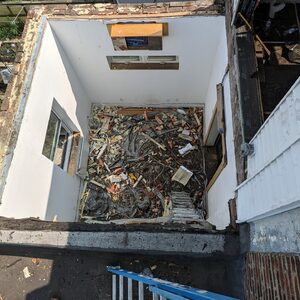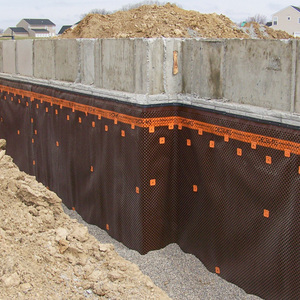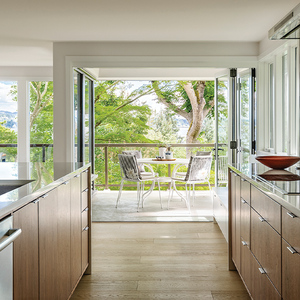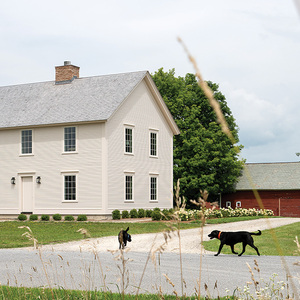another electrical question part 2
Want to install a few sets of lights (operated by different switches) on one circut. It would be easier to run the power to the lights first. It is my understanding that I can continue the power to second set of lights by splicing the incoming netural (power) with the neutural at the first light fixture and the netural going to the second set of lights and then splice the black wire going to the second set of lights with the white (coded for hot) going to the switch.
Correct?
Dan



















Replies
Please explain: " the incoming netural (power) "
Maybe wrong term but the white wire coming from the breaker panel
Dan
My suggestion--it's time to fall back, get a basic DIY electrical book, and read it.
There's a lot of little stuff about even residential electrical that if you don't know how to do it, and indeed do it, it'll result in an unsafe installation. I'm not talking about semantics/terminology here, but rather about connecting things correctly and using the right materials and techniques.
Best way to learn all the big (and little) important stuff is still to read a book. The Black and Decker book on home wiring is real good, as is Ortho's. The Home Depot one is a poor second choice IMHO.
Don't think that just because you get the lights to work, it's safe. I've seen too many installations where the installation was cobbled together and something worked but presented a real shock/electrocution hazard, or fire hazard.
Good luck.
Cliff
Get a copy of "Wiring a house". Rex Cauldwell. I think at's a Taunton book. I did a lot of elec work B4 I built my house, but this book was a great help when I wired the place.
Mike
i have the b&d guide to home wiring and if i understand the concepts and the diagram for a single pole switch and light fixture (switch at end of cable run). I would assume that i could wire the sets of lights described in my orginal post.
Dan
The description in your first post is correct (except the neutral is the white conductor), but it's incomplete.
But you're right about using the re-identified white (taped black, red, or whatever at both ends) to feed power to the switch. The black wire in the cable between fixture box and switch is the switched power for the fixture.
Code requires the conductor feeding power to the switch to be the re-identified white conductor, if it's a two conductor cable.
Cliff
" then splice the black wire going to the second set of lights with the white (coded for hot) going to the switch."
That is a confusing way to say it.
You are really not splicng to the switch leg.
What you are splicing to is the income power cable.
The incoming power cable supplies that box and then another cable continues it to the next box.
Same deal if it is a receptacle in the box, a switched light (ie one with a pull chain) or a light with a switch (switch leg).
Look at it in that light (all puns intended).
What you can do, and what you should do, are not always the same.
There are two basic ways to wire lights.... power to the switch, then on to the light; and power to the light, with a 'switch leg' from the light to the switch.
I greatly prefer to run the power first to the switch. Doing so makes it easier to troubleshoot (before you need to get a ladder). It also makes it possible for you to "tap" off the circuit later, should you want to.
Not to mention if you ever want to install a timer switch, or an X-10 or similar control, you need a neutral at the switchbox...
just to further convolute the situation are the switch's going to be at the same location? If so you could run three wire to the switch box with power from light 1 and switch both lights on seperate switches back at light 1 you now have two switched hots one would continue to light 2 with its common from light 1.
I alway thought re-coding the wires on branch circuits was a good idea when hot at the light was used but here in BC it's not required?
All that said I personally wouldn't go this way unless pulling the wires is going to be a serious pain.
I prefer renosteinke way with power at the switch and always wire this way(even 3 ways). It can use more wire and it can clutter switch box's but its logical to me. Black or Red is Hot and White is common no confusion or re-coding.